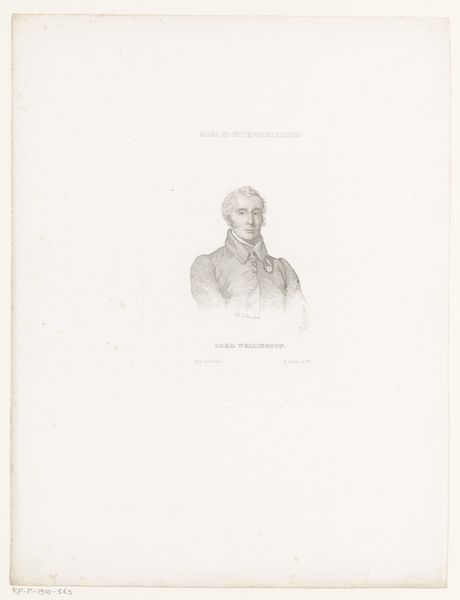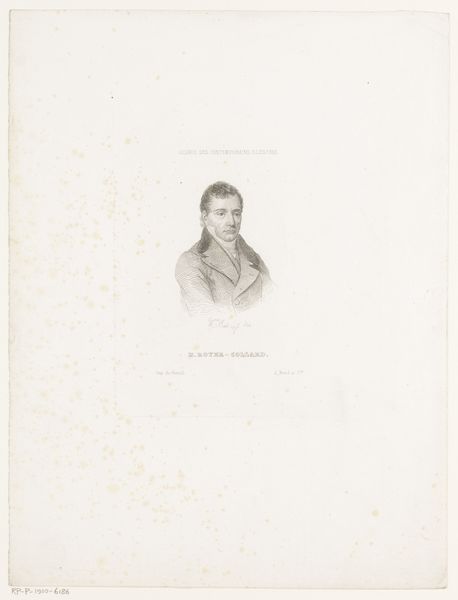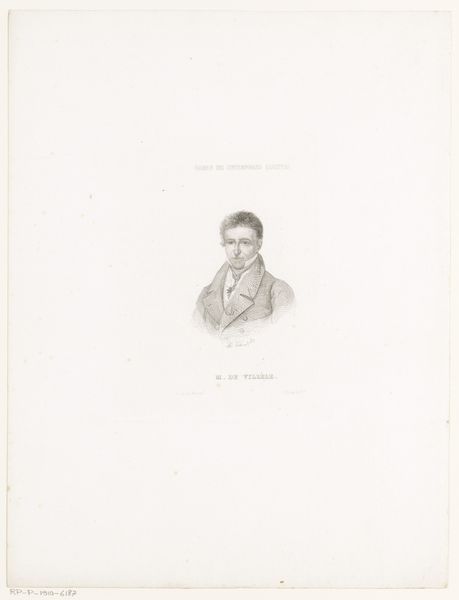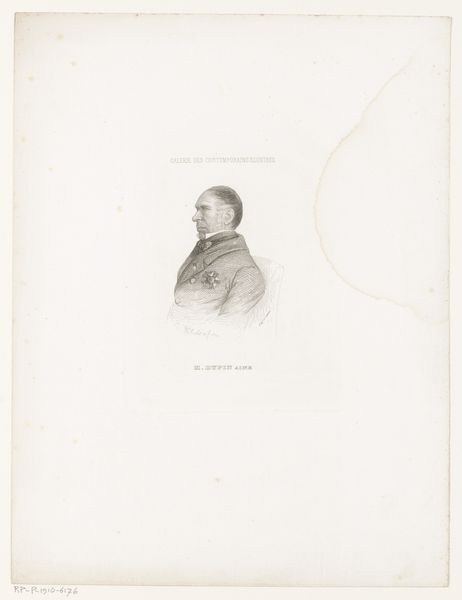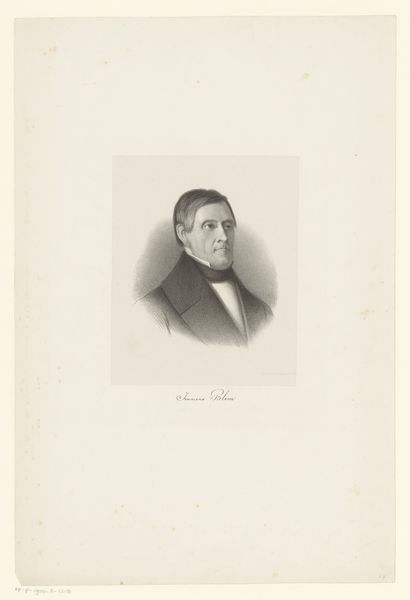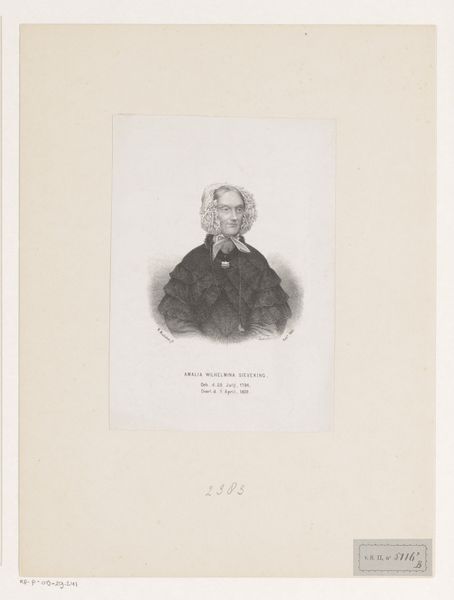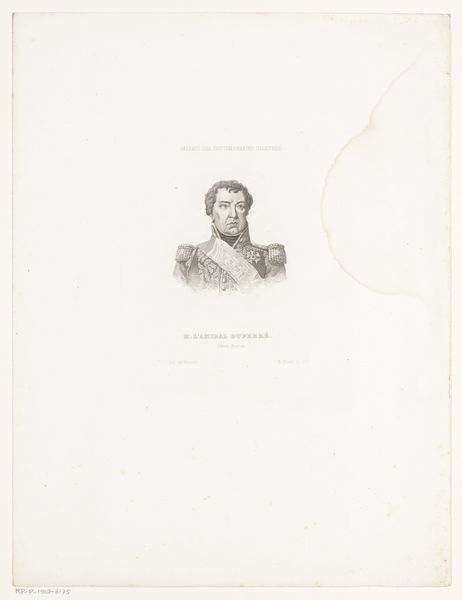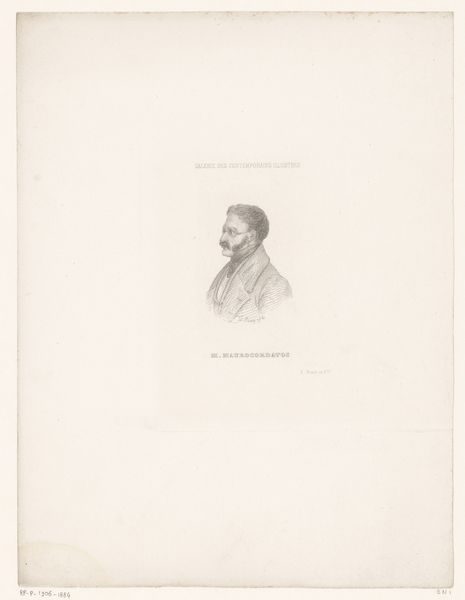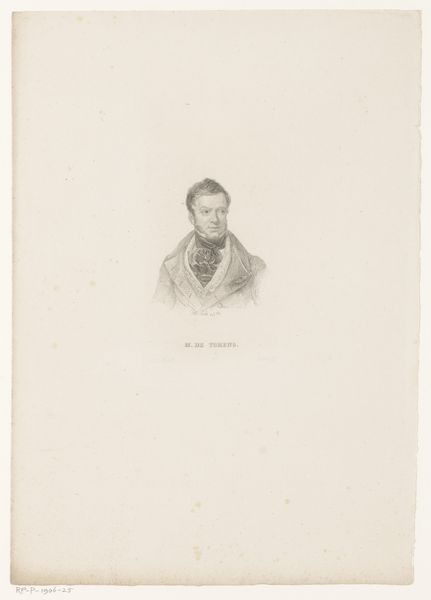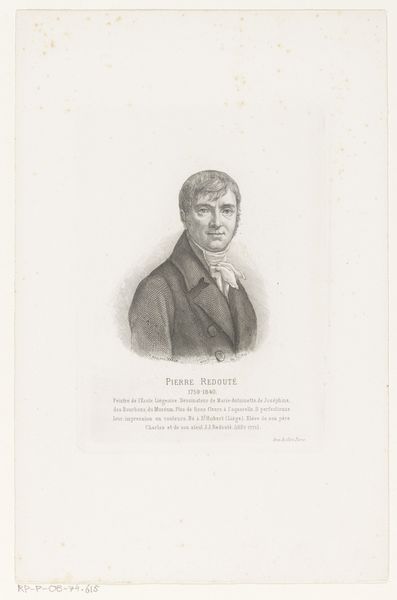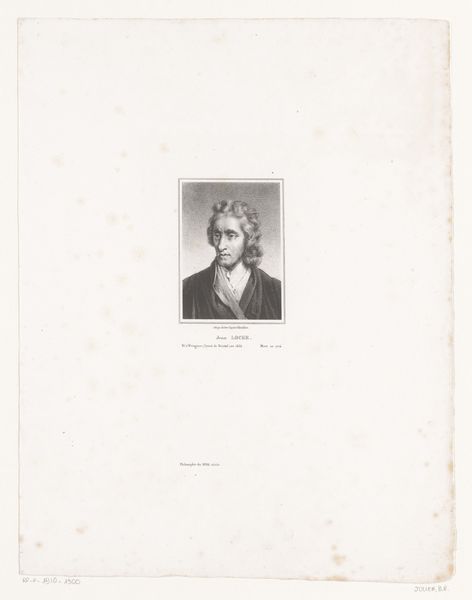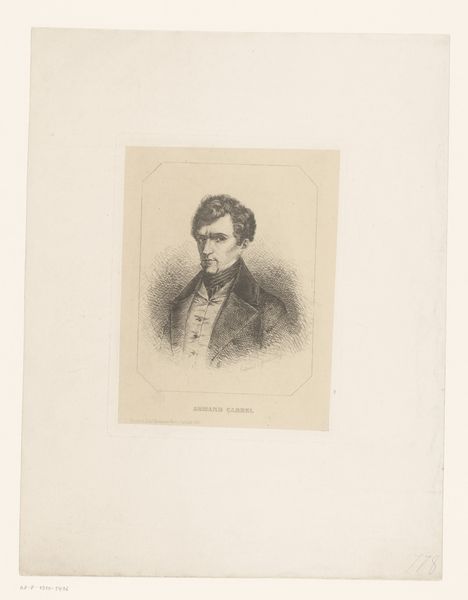
drawing, pencil
#
portrait
#
pencil drawn
#
drawing
#
light pencil work
#
pencil sketch
#
pencil drawing
#
romanticism
#
pencil
#
line
#
pencil work
#
academic-art
Dimensions: height 320 mm, width 244 mm
Copyright: Rijks Museum: Open Domain
Editor: So this is Adolphe Torlet’s pencil drawing, "Portret van Louis-Mathieu Molé," from around 1845. It's delicate, almost fragile. There's a vulnerability in the subject’s expression that strikes me. What do you see in this piece, particularly concerning its historical context? Curator: It’s interesting you pick up on that vulnerability. I see this portrait as a reflection of the tumultuous period of French history it occupies. Louis-Mathieu Molé was a prominent political figure during the Restoration and July Monarchy, periods marked by considerable social and political upheaval. Do you think his gaze holds a certain weight of responsibility or perhaps even resignation, considering the political landscape of the time? Editor: I do. He seems burdened, but dignified. Knowing he was a key player in those unstable times certainly casts a new light on his portrait. Is the medium, the simple pencil drawing, significant in this context? Curator: Absolutely. The choice of a relatively unassuming medium like pencil, in a period where grand oil portraits were common for figures of power, might speak to Molé's own perception, or the artist's intention. Perhaps it's a deliberate downplaying of authority, a subtle democratizing gesture, or maybe a reflection of changing artistic and social values at the time? Think about the rise of Romanticism, its focus on the individual and interiority. Editor: That's fascinating, I never considered the medium in relation to political messaging. I’m seeing so much more now than just a simple portrait. Curator: Exactly! These portraits become valuable tools for analyzing identity and representation in politically charged contexts, and offer an entryway for looking at intersectional layers of race, class, and gender. This gives us an insight to the individual, the artist and, to a degree, the times they lived in. Editor: Thank you for broadening my view of the work! Now I understand how we can contextualize art with broader historical movements.
Comments
No comments
Be the first to comment and join the conversation on the ultimate creative platform.
